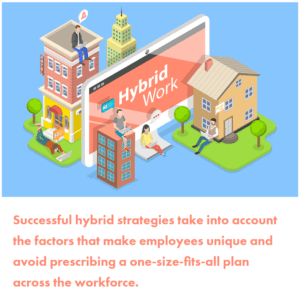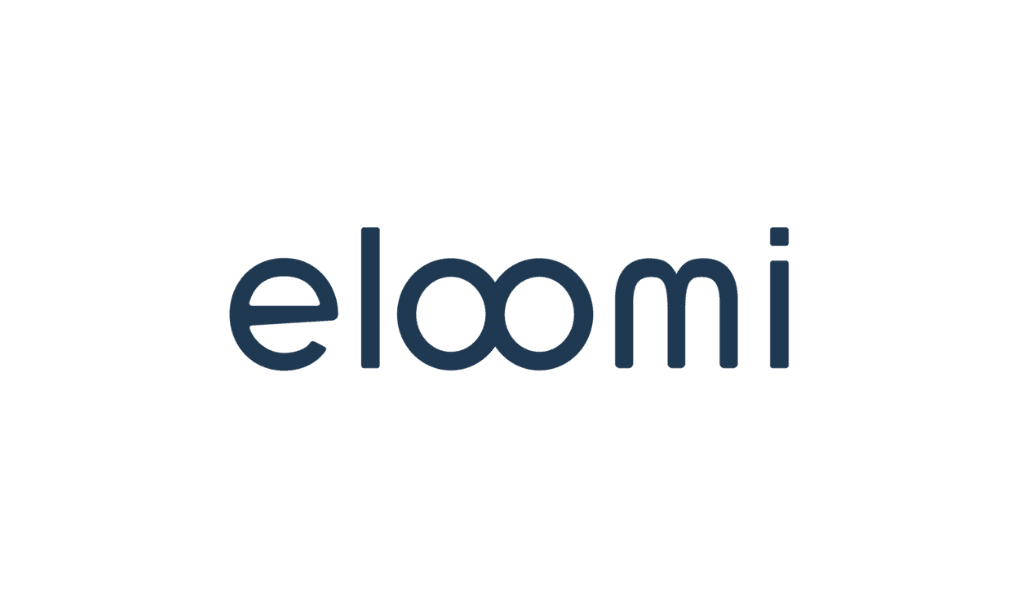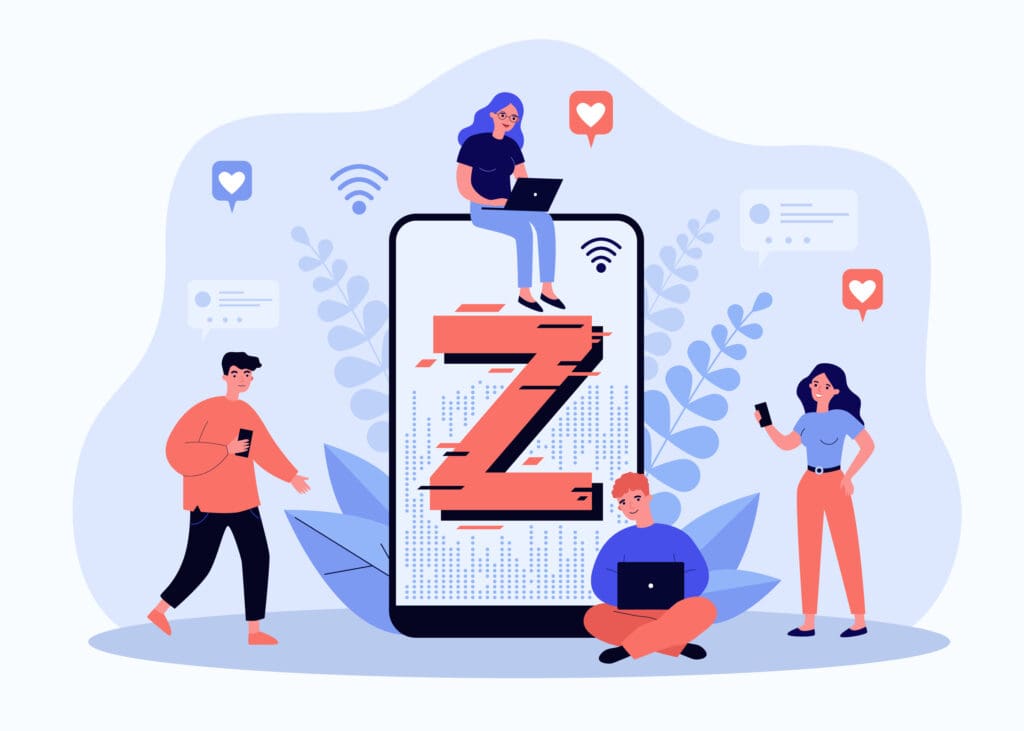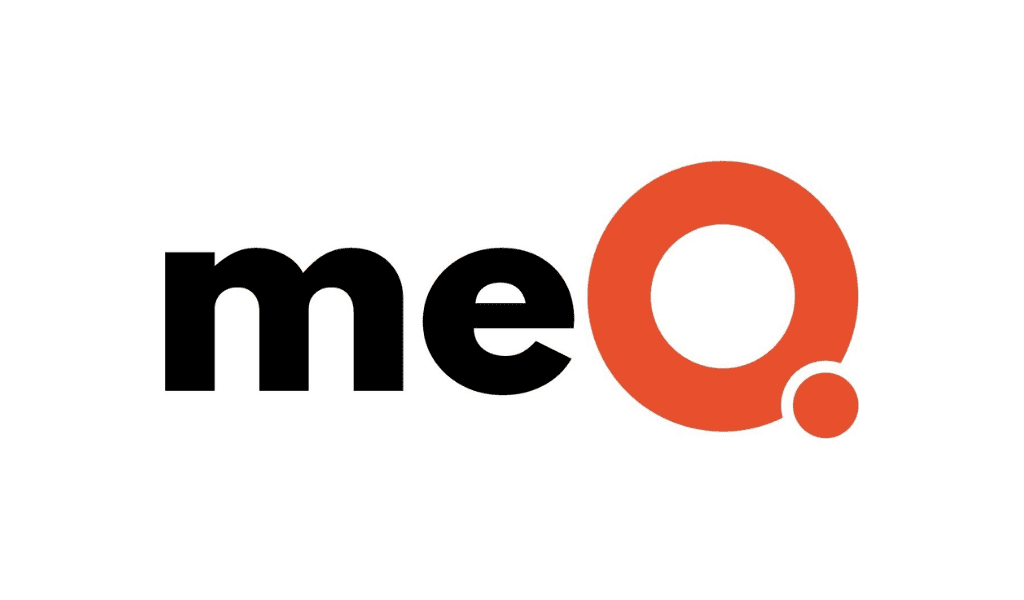By collaborating with executives and employees, HR leaders can strategically make hybrid work more human.
By Hollie Castro
The rise of hybrid work represents one of the most significant changes to the workplace since the industrial revolution. Hybrid creates a new level of separation between the ideas of work and place, and on paper, it’s an idea that workers embrace. Miro’s The Ways We Work survey found that 68% of knowledge workers say that their ideal work environment involves some time in the office, anywhere between one and five days a week.
Yet, of the 700 knowledge workers who have been with their employer for two years or less since changing jobs during the pandemic, just 21% are currently working in a hybrid environment. And office utilization trends indicate that employees aren’t returning to the office with the frequency they say they would like to.
Where does the disconnect between what workers say they want and what they are getting stem from? It could be because hybrid work, despite its appeal, needs work. And until companies ensure it lives up to its potential and promise, employees will continue to resist returning to the office for as long as possible.
For employers to earn buy-in from their employees and build a hybrid strategy that draws them back to the office, the hybrid work model must be viewed as a product and employees as customers. By leveraging agile rituals, people leaders can co-create a hybrid model with and for employees.
Lead With Empathy
Designing and dictating a hybrid strategy without first collecting input from employees is a recipe for criticism, resistance, and ultimately, disaster. Leaders must engage with employees to understand their preferences for how and where they work, and dive deeper to explore the reasoning behind these preferences. Parents and caretakers, for example, have very different needs than recent grads, as do introverts from extroverts.
Successful hybrid strategies take into account the factors that make employees unique and avoid prescribing a one-size-fits-all plan across the workforce. Philosophy at Work Founder Dr. Brennan Jacoby says HR leaders who are developing hybrid strategies often create a composite of their workforce (or an “average employee”) and develop a workplace model for that fictional person. The downfall of this approach is that the “average employee” doesn’t exist, so leaders end up designing a plan that fails to meet the exact needs and preferences of anyone.
Involve IT
It’s well researched that workers from Generation Z are masters of online collaboration. They’ve used virtual communication tools for schoolwork and social organizing for virtually all of their lives, and according to The Ways We Work survey, they find chatting via messaging apps to be the best way to forge connections at work. Surprisingly, they share this latter preference with the most experienced generation of workers—baby boomers.
Keen HR leaders have an opportunity to observe the communication styles and technology preferences that these highly engaged generations of workers embrace, and collaborate with IT on scaling these practices and the tools that facilitate them throughout their organization. With the help of digital natives and digital adopters alike, employers can implement an infrastructure that fosters authentic, human connection in a virtual world and a culture that successfully spans the corporate and home office.

Experiment, Analyze, and Iterate
Perhaps the most important lesson to keep in mind as one designs a hybrid strategy is that success takes time. Getting it right will require out-of-the-box thinking and tireless iteration, a value that is core to Miro’s own growth and innovation on a daily basis.
For example, Miro calls its hubs “Living Labs” to reflect the experimentation happening within them. Teams view these workplaces as safe spaces to try new methods of collaboration, test new technologies that enable work, and configure workspaces to improve the hybrid experience. The “Living Labs” model makes it clear throughout the organization that everyone is learning, employees are free to give feedback and share their learnings, and leadership is open to changing policies and practices to enable consistent improvement. In this regard, Miro views hybrid work as a product that everyone is responsible for developing.
Employees Should Be Energized by Hybrid Work
When implemented correctly, employees should find hybrid work energizing: an environment that empowers them to build relationships and incubate creative ideas during collaborative days in the office and focus on deep independent work during quieter days at home—or perhaps, get a load of laundry or a workout in between meetings to maintain balance.
Hybrid work has the potential to be the best of both of these worlds. By collaborating with leaders across the business and employees too, HR leaders can strategically and intentionally help make hybrid more human.
Hollie Castro is the chief people officer at Miro.














